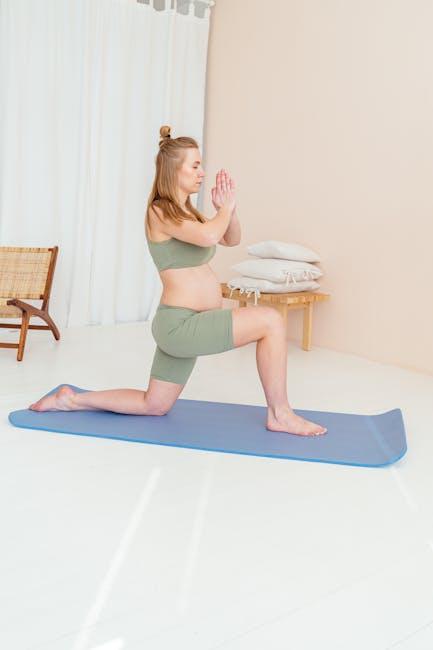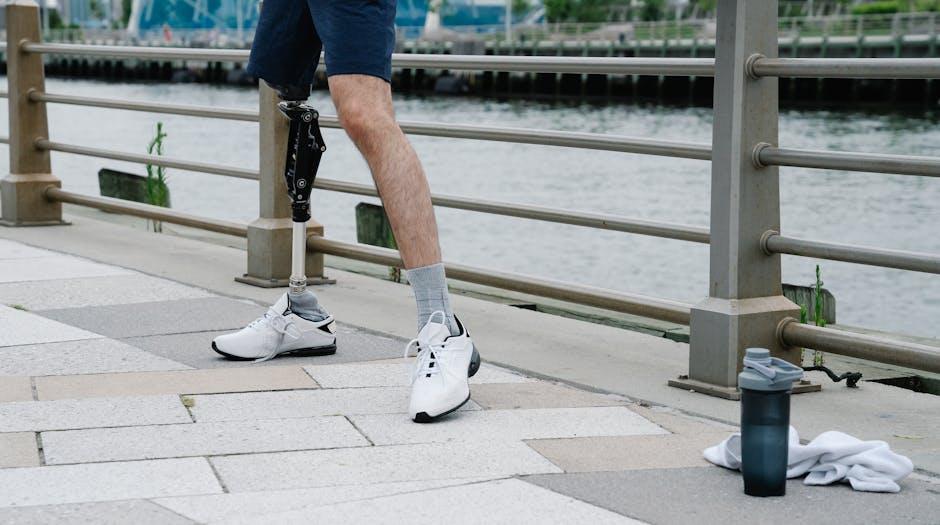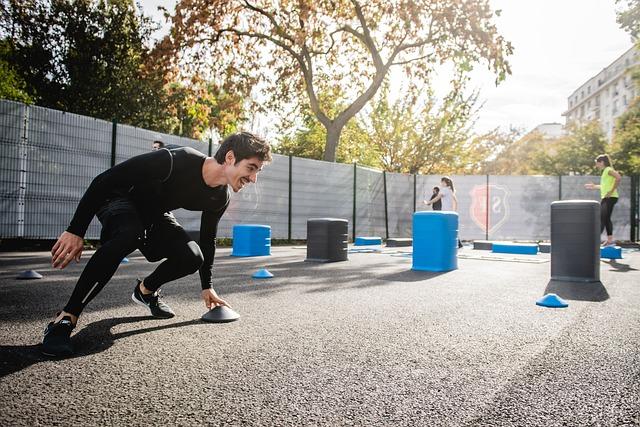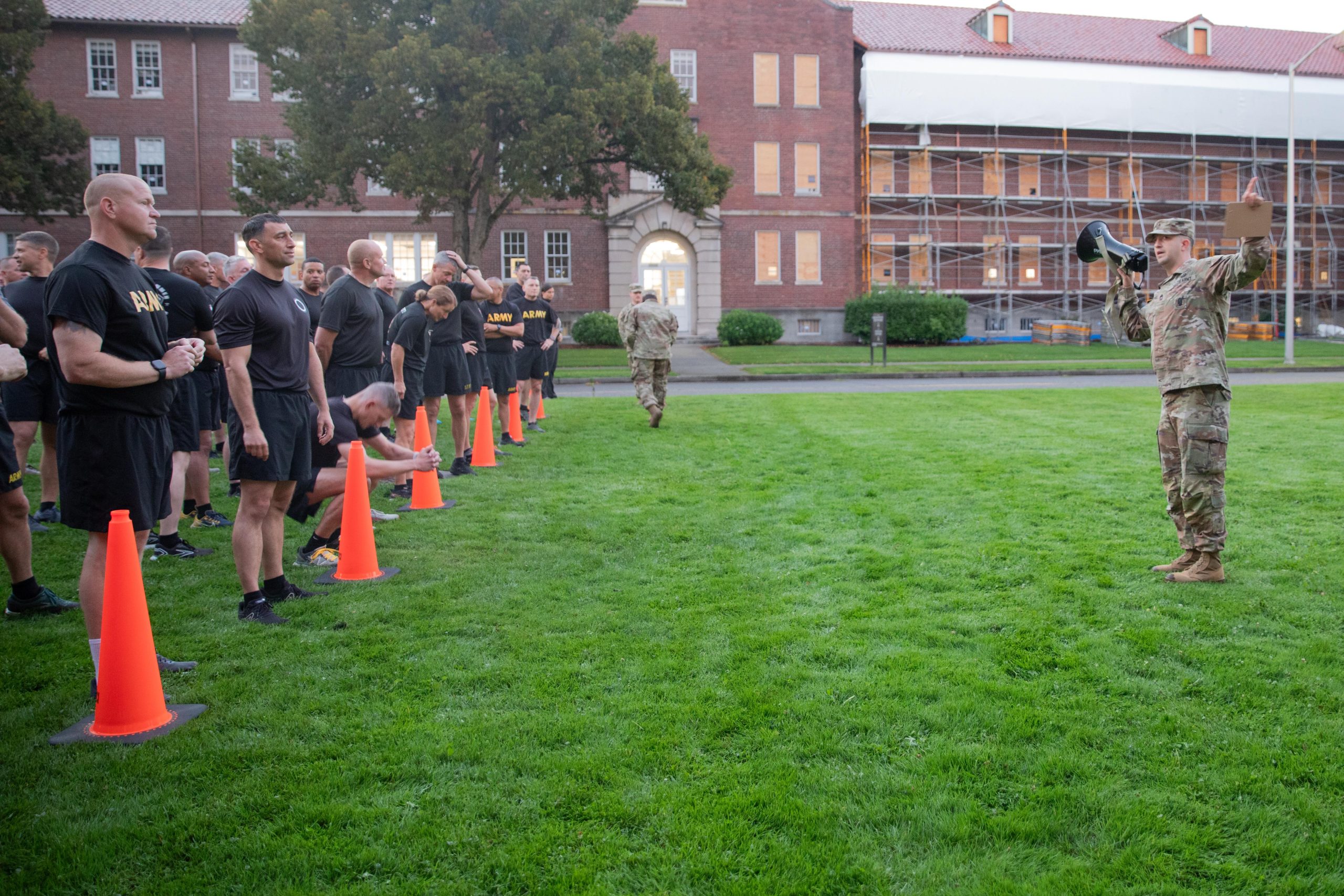In today’s fast-paced world, maintaining optimal mobility is crucial for leading an active and fulfilling life. Whether you’re an athlete aiming to enhance performance or someone seeking to improve daily functionality, understanding the symbiotic relationship between strength training and flexibility is key. This article will guide you through effective strategies to enhance your mobility by integrating targeted strength exercises with essential flexibility practices. By building muscle strength and improving joint flexibility, you’ll unlock new levels of movement efficiency and resilience. Get ready to embark on a transformative journey towards better mobility, armed with the knowledge and techniques that will empower you to move with confidence and ease.
Enhance Joint Health with Targeted Strength Exercises
Incorporating strength exercises that specifically target the joints can significantly bolster their health and function. Focusing on muscle groups that support and stabilize the joints not only enhances mobility but also reduces the risk of injury. To effectively target joint health, consider the following exercises:
- Resistance Band Exercises: Use resistance bands to perform lateral walks or clamshells. These exercises are excellent for strengthening the hips and knees, providing stability and support.
- Bodyweight Squats: Engage your core and maintain proper form to strengthen the muscles around the knees and hips, which are crucial for joint stability.
- Calf Raises: Perform calf raises to improve ankle strength and mobility, which can alleviate stress on the knees.
- Planks: Hold planks to build core strength, supporting the spine and reducing stress on the lower back joints.
Remember to maintain proper form and gradually increase intensity to prevent overloading the joints. Integrating these exercises into your routine can lead to noticeable improvements in joint health and overall mobility.

Unlock Flexibility Through Dynamic Stretching Techniques
Dynamic stretching is an essential component in enhancing your overall mobility and preparing your body for the rigors of strength training. Unlike static stretches, dynamic stretches involve active movements that mimic the activity you’re about to perform, increasing your range of motion and blood flow to the muscles. This method not only primes your muscles for optimal performance but also reduces the risk of injury. To integrate dynamic stretching into your routine, consider incorporating the following movements:
- Leg Swings: Stand on one leg and swing the other leg forward and backward in a controlled motion, then switch legs.
- Arm Circles: Extend your arms to the side and make small circles, gradually increasing the size of the circles.
- Walking Lunges: Step forward into a lunge, keeping your back straight and core engaged, then alternate legs.
- Torso Twists: Stand with your feet shoulder-width apart and twist your torso from side to side.
Incorporating these dynamic stretches can significantly enhance your flexibility and mobility, making your strength training sessions more effective and enjoyable.
Combine Strength and Flexibility for Optimal Mobility
To truly enhance your mobility, it’s essential to focus on both strength training and flexibility. These two elements work synergistically to provide a balanced approach to physical health. Strength training helps build muscle power and stability, which supports joint function and reduces the risk of injury. Incorporating exercises like squats, lunges, and deadlifts can significantly improve your body’s ability to move efficiently.
On the other hand, flexibility exercises ensure that your muscles and joints can move through their full range of motion. Practices such as yoga, Pilates, and dynamic stretching routines are excellent for enhancing flexibility. These activities not only increase your muscle elasticity but also aid in recovery and reduce muscle soreness. By integrating both strength and flexibility into your fitness regime, you pave the way for optimal mobility and overall functional movement.
- Strength Exercises: Squats, Lunges, Deadlifts
- Flexibility Practices: Yoga, Pilates, Dynamic Stretching
Implement Consistent Routines for Long-term Mobility Gains
Establishing a regular schedule is crucial for achieving sustainable improvements in mobility. By integrating consistent routines into your daily life, you ensure that your body adapts to new demands while maintaining the progress you make. To effectively implement these routines, consider the following strategies:
- Dedicate Specific Times: Set aside designated times for both strength training and flexibility exercises. This not only helps in creating a habit but also ensures that mobility work becomes a non-negotiable part of your daily routine.
- Prioritize Progressive Overload: Gradually increase the intensity of your workouts to continuously challenge your muscles and joints. This principle applies to both strength exercises and stretching routines, ensuring long-term mobility gains.
- Integrate Mobility Work into Daily Activities: Incorporate stretches and mobility exercises into everyday tasks, like stretching while watching TV or doing a quick mobility drill during work breaks.
By embedding these practices into your lifestyle, you create a foundation that supports ongoing development in both strength and flexibility, ultimately leading to enhanced mobility over time.




